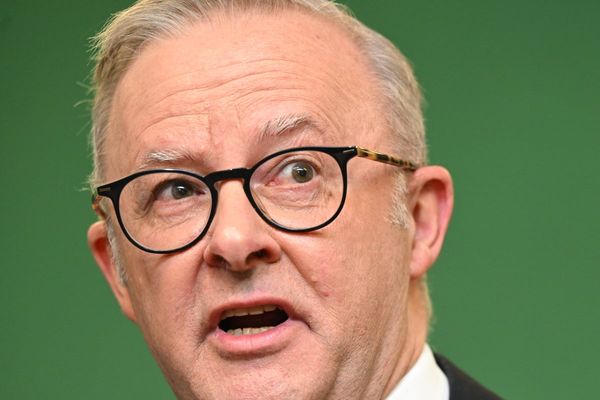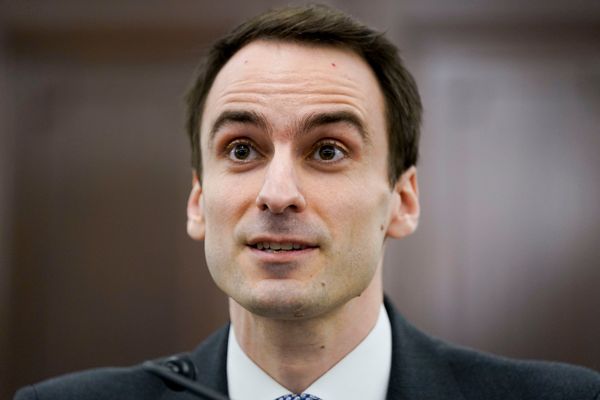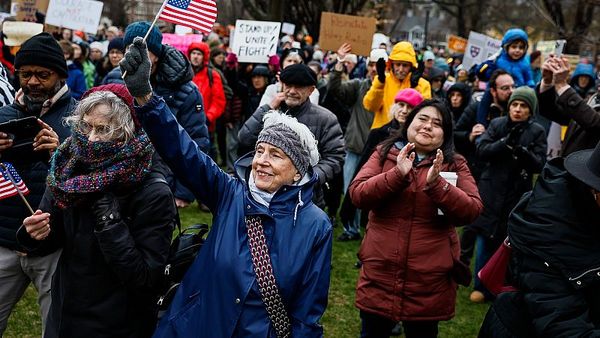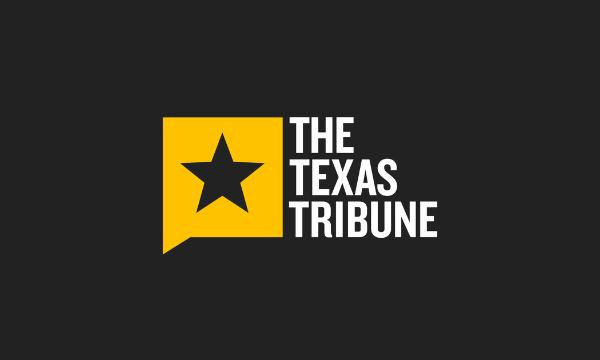
United States President Donald Trump has announced plans to impose 25 percent tariffs on all steel and aluminium imports, and reciprocal tariffs on countries levelling duties on US goods.
Trump said on Sunday that he would formally announce the tariffs on steel and aluminium the following day, and the countervailing levies later in the week.
Trump did not specify which country would be subject to the retaliatory tariffs but said they would not affect all countries.
“Very simply, it’s if they charge us, we charge them,” Trump told reporters on Air Force One.
“If they are charging us 130 percent and we’re charging them nothing, it’s not going to stay that way,” Trump said.
Canada is the top supplier of steel to the US, followed by Brazil, Mexico, South Korea and Vietnam, according to US government and American Iron and Steel Institute data.

Canada is also the top exporter of aluminium to the US, with other chief suppliers including China, Mexico and the United Arab Emirates.
“Canadian steel and aluminium support key industries in the US from defence, shipbuilding and auto,” Canadian Minister of Innovation Francois-Philippe Champagne said in a post on X.
“This is making North America more competitive and secure. We will continue to stand up for Canada, our workers, and our industries.”
Australian Prime Minister Anthony Albanese said he was scheduled to speak with Trump and would raise the issue.
“We will continue to make the case for Australia’s national interest with the US administration and, what’s more, we regard this as also being in the US national interest as well, because tariffs of course don’t tax us, they tax the purchasers of our products,” Albanese told parliament.
Australia exported about $237m worth of steel and iron to the US in 2023, and some $275m worth of aluminium the following year, according to UN trade data.
Trump’s latest tariff threats come after his announcement last month of plans to impose 25 percent tariffs on all Canadian and Mexican goods as well as a 10 percent tariff on Chinese imports.
The US president later agreed to delay the measures on Canada and Mexico after the two countries pledged to do more to stem the flow of illegal drugs and undocumented migrants across the US border.
Trump’s tariffs against China, which announced retaliatory tariffs on US exports, took effect on Tuesday.
The US president suggested earlier this month that the European Union could be next in line to face tariffs, claiming that the bloc imports “almost nothing” from the US while the US takes “everything”.
“The EU is really out of line. It is an atrocity, what they have done,” Trump told reporters on February 2.
“I do not have a timetable but it is coming very soon.”
Asia’s stock markets showed a mixed reaction to Trump’s latest comments, with Japan’s Nikkei 225 down 0.1 percent but Hong Kong’s Hang Seng and China’s SSE Composite up 1.2 percent and 0.3 percent, respectively, as of 02:30 GMT.







